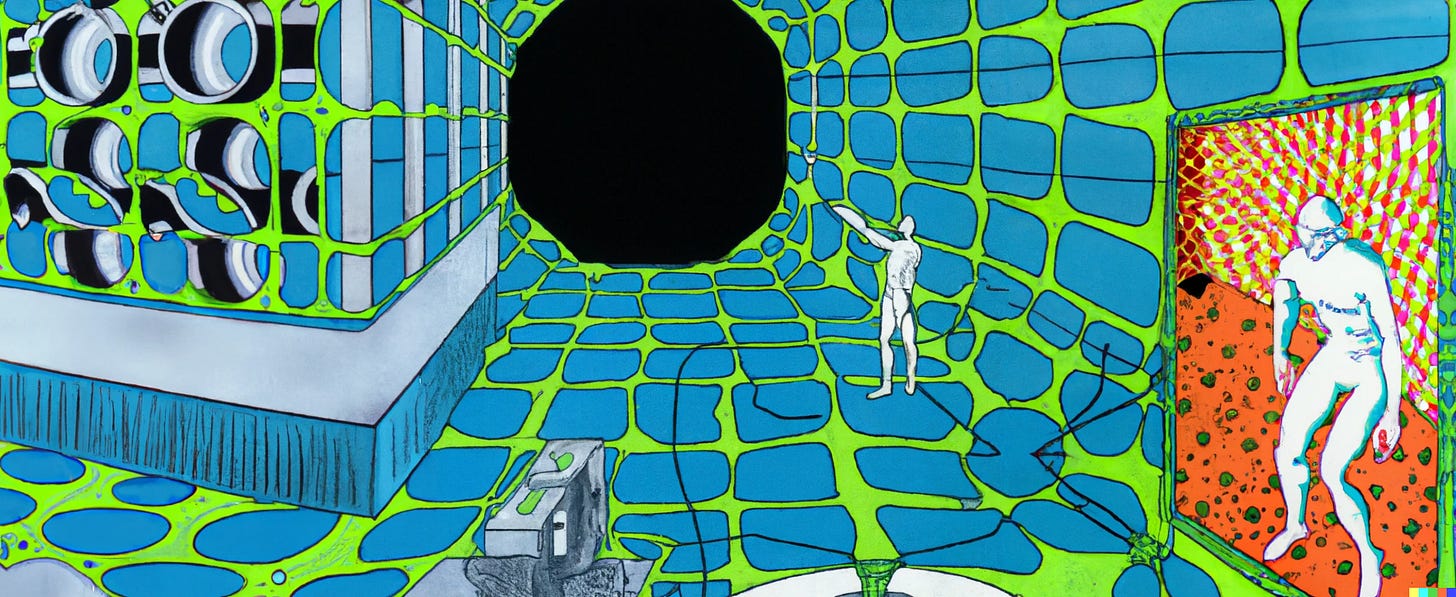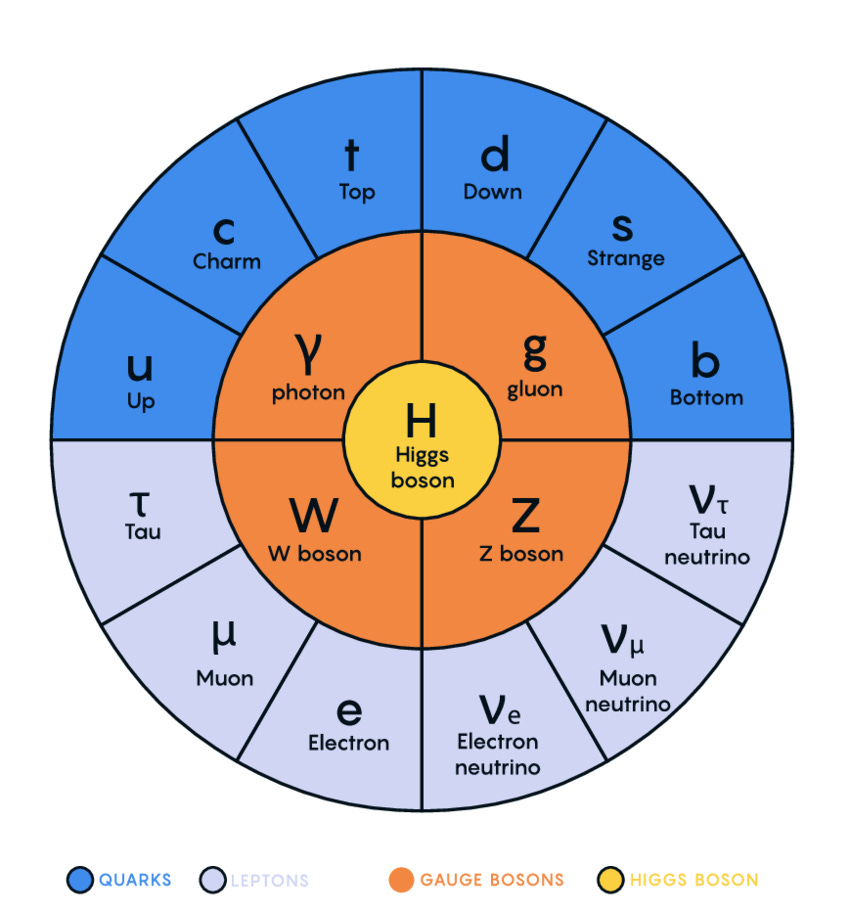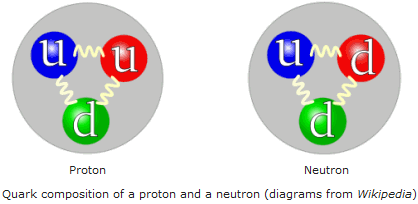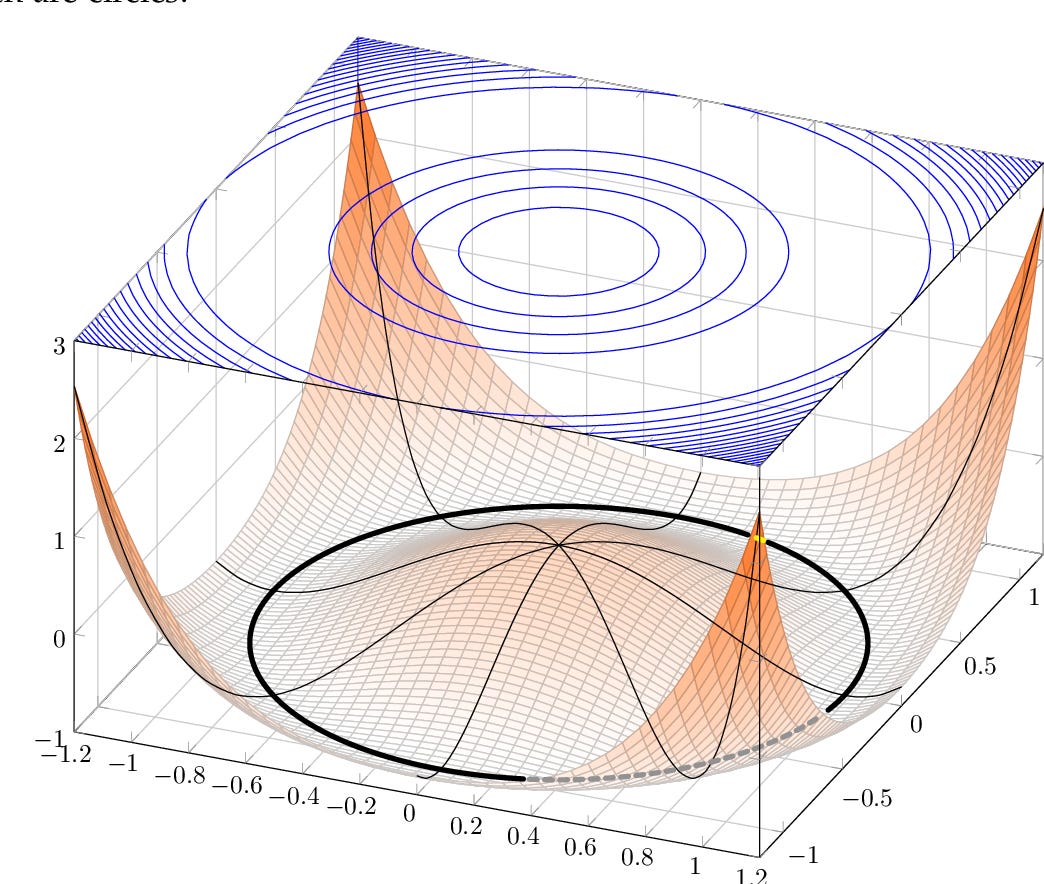I want to start by saying, i'm not a believer, i’m not someone who’s particularly religious, eventho i have my weird habits and thoughts, i question anything that makes definitive subjective claims. Anyways, i’m no expert in the subjects i’ll touch upon, i’m a mere speculator.
I recently got into a talk with one friend of mine about this universe, and how almost everything is bounded by the speed of light, that made me think deeply about all the simulation theories that exist, they are somewhat angsty, I’ll first start by explaining some ideas i know of,
First one is Bostrom's, he has three options for our reality:
humans will go exist before becoming “posthuman”
“posthuman” civilizations are not likely to run large number of simulations
we’re currently in a simulation
“posthuman” is a species that surpasses the human condition in terms of physical, intellectual, and technological capabilities, this also suggest being able to harness and utilize energy of unimaginable scale.
this is a very interesting prespective on it’s own, as it suggests if humans are to become “posthuman”, they’ll sooner than later simulate a universe, or humans will never reach “posthuman”-ness. Humans currently perform numerous simulations, weather, atomic, scientific, quantum, automotive, and many others, it helps us learn how systems evolve over-time, just like that simulating a universe could also allow us to learn more about our own universe
Second one is The Computational Universe by Archibald:
The main idea for this comes from the concept of a computer, and in-animate object that can manipulate electrons such that it becomes information precievable by a concious subject, The idea here is that the universe itself is a computational entity. According to this theory, fundamental particles and forces are the basic units of computation.
This theory suggests that everything is information and information is everything, and the universe is just a universal computer. This also means the laws of the universe are just like algorithms that allows this information to interact in-certain ways, just like a cellular automaton
Now, i’ll boldly continue with my idea, I’m going to simulate a universe,
Who am I?:
I command absurd scale of compute and energy
I want to know what happens in a simulated universe
I’m a researcher (of-some sort), I have a boss, I don’t believe in god
My boss simply asked me to simulate a universe to learn how universes end
I’ll have a couple of logisms, “Fundamental Particles” & “Fields”, these govern fundamental interactions in the simulation.
Fundamental particles:
These fundamental particles are the building blocks, they are Classes in the simulation, they are affected by fields and each other, these particles are fundamentally not discreet, they’re continious with a localized probability, refer to the above for a map of the particles.
Quarks: Six types (up, down, charm, strange, top, bottom) that combine to form protons, neutrons, and other hadrons.
Quarks experience all known fundamental forces.
Quarks have fractional charge, i.e they have less than 2/3 or 1/3 of the charge of an electron
Quarks also have a half-spin (will be explained below)
Compositions of quarks are called Hadrons
Leptons: Electrons, muons, tau particles, and their associated neutrinos.
They interact through electromagnetic and weak forces.
tau particles are like electrons with half a spin and a negative electric charge.
Gauge bosons: Particles that carry the fundamental forces, like photons (electromagnetic force), gluons (strong force, "short-range attraction between quarks"), and W and Z bosons (weak force, "short-range interaction, responsible for radioactive decay").
These particles are how fundamental particles interact with each other
Higgs boson: Excitation of the Higgs field (mass attribute).
Higgs boson are the manifestation of energy the higgs field releases when being excited
Dark matter particles: Filler particles that allow the universe’s expansion while still gluing particles, typically only stable in space with 1 atom per cubic meter.
Gravitons: Particles that mediate the force of gravity.
Gravity is a fundamental force of nature that causes objects with mass to attract each other.
All of these particles can only interact at the speed of causality (speed of light)
Spins are interaction subsections, spin is a discreet value, ranges from -2 to 2, all fundamental particles have a spin value, if it’s -ve it’s considered down spin, if it’s +ve it’s considered up spin, particles only easily pair up when they don’t have the same spin value.
Some particles like quarks are unstable and can’t exist outside of a Hadron (i.e Protons, Neurtons & others but they’re not as prevalent and are mainly stability drivers)
Fields:
"Property grids" or "attribute matrices" that underlie the virtual world, it’s a layer on the virtual world that’s used by the simulator to simulate interactions, it’s a grid because particles themselves are not discreet. some particles don’t interact with some fields, consider them like attribute sliders over a grid, excitation of this field happens
There are a couple of fields that affect the universe:
Electromagnetic field: Associated with the photon and mediates the electromagnetic force between charged particles.
“Light” is mediated by photons, it is both a wave and a particle, depends on the medium of interaction
Strong nuclear field: Associated with gluons and binds quarks together within hadrons like protons and neutrons.
SNF keeps protons and neutrons bound together, it’s effect is bound with-in the length of a hadron, it quickly dissipates
Weak nuclear field: Associated with W and Z bosons, responsible for radioactive decay and neutrino interactions.
WNF is typically more effective without SNF interaction
WNF is the reason neutrons can’t exist alone
Higgs field: Gives particles their mass through the excitation of this field
a higgs boson is the manifestation of this field
Gravitational field: Gravity same as other fields exists as a layer, it’s interactions are mediated through a graviton, graviton like photons is massless, allowing it to propagate at the speed of causality.
Gravity is tangentially tied with the Higgs field
Rules of engagement:
Finite speed limit: Set a maximum speed for information propagation, like the speed of light, this will also be referred to as speed of causality (meaning interaction between fundamental particles, there will not be a latency here)
Discrete space-time: Quantize space and time into discrete units for computability, i.e plank length and plank time
Conservation laws: Implement conservation of energy, momentum, charge, etc. as algorithmic rules.
Emergent complexity: Allow complex structures to arise naturally from simple low-level rules.
Quantum uncertainty: Include inherent randomness or indeterminacy at the lowest level.
Background dimensionality: Choose the number of spatial and temporal dimensions for the simulation.
Consistency with math: Ensure the universe is self-consistent and describable by mathematical laws.
Finite information density: Limit the amount of information that can be stored in any finite region of space.
Initial conditions: Define the initial state of the universe, e.g., a low-entropy, highly uniform "Big Bang."
Observation-Dependent Rendering: To optimize computational resources, the universe only fully renders regions that are directly observed by the Qualia Engine. Unobserved regions are maintained in a probabilistic, unrendered state. However, this rule do not apply to the initial conditions of the Big Bang and the early formation of the universe, where quantum properties are inherent and ubiquitous.
High level components:
Fundamental Particles: These are the tiny building blocks that make up everything in the universe. the fundamental particles are the smallest, most basic units of matter in the fabric of the simulated reality. They come in different types, each with unique properties that determine how they behave and interact with one another.
Fields: Fields are like invisible forces that exist throughout the universe. They act like a web or a fabric that connects and influences the fundamental particles. each discrete portion of space-time has different types of vectorized fields that affect it that are by themselves multi-dimensional / multi-relational.
Qualia Engine: The Qualia Engine is a fundamental component that bridges the gap between the underlying structure of the universe and the conscious experiences. It's a translator that takes the complex interactions and computations happening in the universe and turns them into the meaningful perceptions and sensations that form your subjective reality. The Qualia Engine "interprets" the fundamental aspects of your universe and gives rise to the awareness and the qualitative nature of experiences.
Starting the Simulation:
With the fundamental components in place and the rules of engagement defined, I take a deep breath and prepare to initiate the simulation. I double-check the initial parameters, ensuring that the distribution of particles and the configuration of fields match my intended and approved design by the compute department.
I press the button, and in an instant, the simulation begins. The first quantum fluctuations ripple through the fabric of the simulated space-time.
~~ Will continue, this was literally a test to my newly found hightened attention, i’ll write Part 2 soon.





